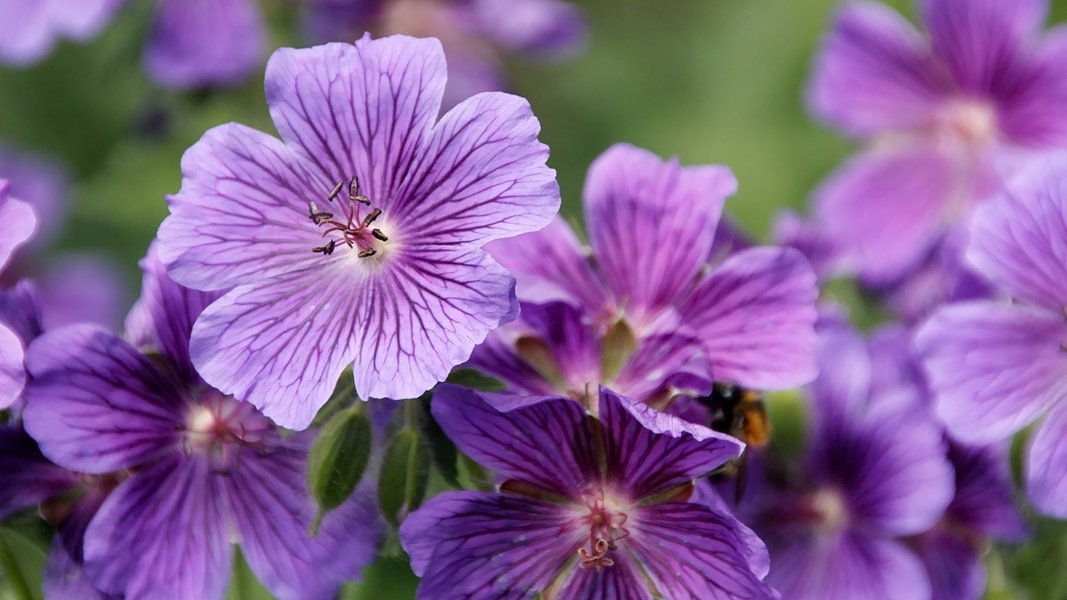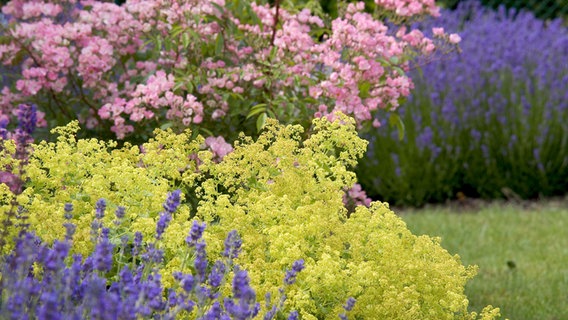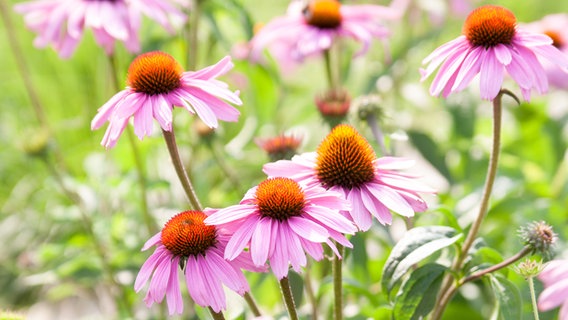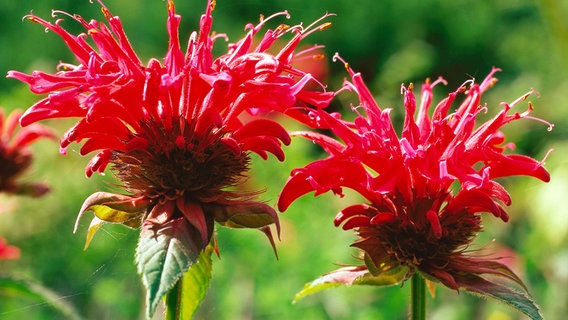Status: 07.06.2023 4:23 p.m
With its several hundred species, cranesbill is one of the most diverse garden plants. The plant is extremely easy to care for and is suitable for various garden areas.
It is represented on all continents and has been cultivated as an ornamental plant for several centuries: cranesbill, botanical: geranium. These plants are not to be confused with pelargoniums, which are incorrectly colloquially referred to as geraniums. The only thing these two genera have in common is that they belong to the cranesbill family – Geraniaceae in Latin.
The right plant for every location
Cranesbill belongs to the Geraniaceae family.
Cranesbill is extremely easy to care for and robust against diseases and pests, slugs tend to make a floor around them. The requirements for location and light depend on the variety or species: some thrive in light shade, others tolerate blazing sun. Cranesbills prefer moderately moist, nutrient-rich and well-drained floors. Waterlogging should be avoided.
Cranesbill flowers from March to October
The growth height also varies: depending on the species, geraniums are between 15 and 100 centimeters high. There are suitable varieties for rock gardens, but also higher wild species for flower meadows or evergreen ones, for example for edging graves. Balkan cranesbill makes a good groundcover to keep weeds away. If different species are cleverly combined, Cranesbill flowers in the garden from around March to October. Spring is the best time to plant. Many varieties are characterized by a splendid autumn color and bring color to the garden in addition to the flowers. The infructescence can also be extremely decorative.
Suitable cranesbill species for sun and shade
Wet Shadow:
- Waldstorchschnabel (Geranium sylvaticum)
- Himalaya-Storchschnabel (Geranium himalayense)
- Pyrenean cranesbill (Geranium endressii)
- Marsh cranesbill (Geranium palustre)
- Brown cranesbill (Geranium phaeum)
- Oxford-Storchschnabel (Oxonian Geranium)
Dry Shadow:
- Balkan cranesbill (Geranium macrorrhizum)
- Brown cranesbill (Geranium phaeum)
- Geranium nodosum (Geranium nodosum)
Dry location in the sun:
- Cambridge-Storchschnabel (Geranium cantabrigiense)
- Blutstorchschnabel (Blood Geranium)
- Gray cranesbill (Geranium cinereum)
- Caucasian cranesbill (Geranium renardii)
Sunny location with moist soil:
- Meadow cranesbill (Geranium pratense)
- Oxford-Storchschnabel (Oxonian Geranium)
- Brown cranesbill (Geranium phaeum)
Plant cranesbill as ground cover
Many cranesbill species such as the Balkan cranesbill and the gnarled cranesbill quickly form runners and are therefore well suited as ground cover. If you want to have a closed plant cover within a year or two, you should plant about seven plants per square meter. For species that look more delicate, eight to nine plants are recommended – in principle, too many can not be planted anyway.
On the other hand, the newer variety “Rozanne” is suitable for selective planting or small areas. The hybrid, i.e. a cross, is a phenomenal continuous bloomer, but does not sprout any offshoots.
Propagating cranesbill by division
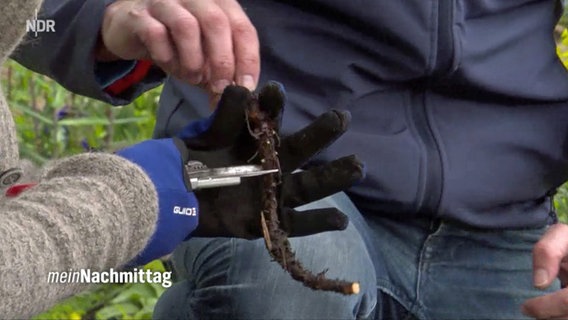
Some species can be propagated from sections of the rootstock of older plants.
Clumpy, i.e. compact-growing plants, can be easily parts are multiplied. From varieties such as Balkan and Cambridge cranesbill, new plants are obtained from the rootstocks, the rhizomes. To do this, cut off a maximum of two-thirds of the root of a dug up plant. Depending on the length of the root, cut one or more root pieces with a length of five centimeters straight at the top and diagonally at the bottom.
It is important that the upper part of the root, i.e. the part that has just been cut off, points upwards when planting. The root pieces are completely buried vertically, but only just below the ground. The first young shoots often appear after four to six weeks.
Some varieties are sought-after collector’s items
If you are interested in perennial rarities, you will find a genus in Geranium that offers numerous shapes and colors. It is therefore extremely popular with collectors. Simple varieties such as “Spessart” cost about 1.50 euros. The extremely rare and difficult-to-cultivate variety “Geranium endressii ‘zermatt'”, on the other hand, is traded at around 80 euros per pot.
Incidentally, you can see where cranesbill got its unusual name after it has blossomed: then elongated infructescences form, which are reminiscent of the beak of a stork.
Further information

